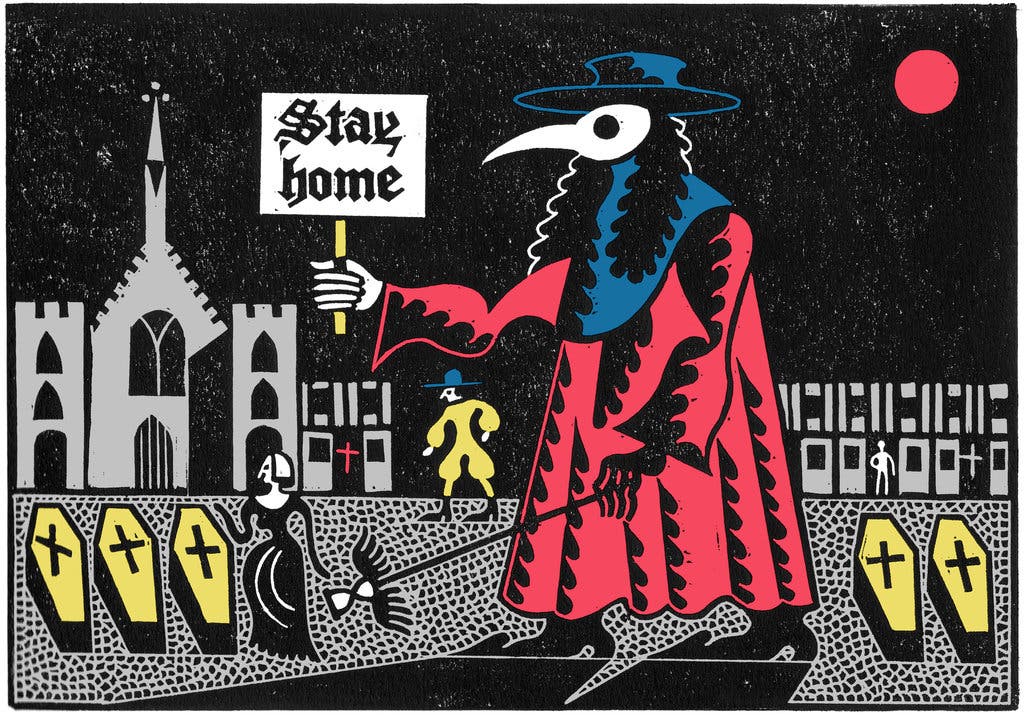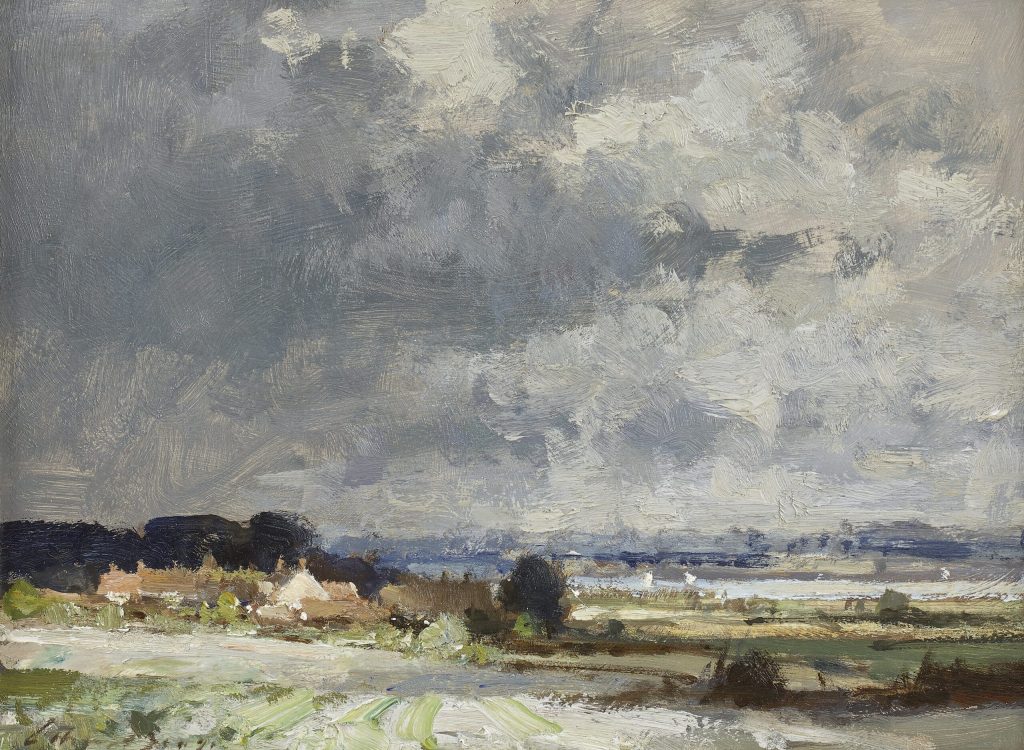
From the Plague Journal – 30/05/2021
To many the plague and black-death was long ago, in a distant time. In the medieval period it hit Europe many times. For the modern world the freedom of international travel was our downfall, with Covid-19 spreading all over the world, we see the same with random variants across the country.
The same was true of the bubonic plague, spread by boat and trade caravans across the world. In 1897 an epidemic travelled from Yunnan in China, to Hong Kong and India via ship. That caused it to become international in all the major trade ports of the East India Company or anywhere trading in silk, cotton, spices, tea, indigo dye or opium.
What people might not know is that the plague came to Britain in 1910, mostly to East Anglia. Starting in the area around Ipswich, a child became ill first, with flu like symptoms. The household and neighbours were ill in the next week, each person only surviving three days. Their funerals were held in the open air and the mourners had their clothing disinfected. It’s all too familiar. The 1910 plague likely came about because the port of Ipswich was a busy industry and many people moved to and from the docks. Also being an arable landscape, there was plenty of food for the rats as many of the epidemics happened during the harvest, gleaming off the crops. Back then the rat population used to grow to quite large numbers, until the local councils employed rat catchers.
The same experts who worked on the plague in 1887 in India were called in for advice and expertise, in those investigations over fifteen thousand rats were killed and dissected for examination.

Other than the local rats being caught was other wildlife, including a hare also found to be infected with plague. A sailor who had cut himself while preparing a rabbit he had caught, also contracted the plague and took the illness to the village of Shotley. How did it transmit itself if there were no major outbreaks elsewhere, no one really knows. The idea was that rats or fleas (xenopsylla cheopis) on ships or in the sacking from the ships provided the substance for these outbreaks and they affected mostly rural families.
Other than an outbreak again in 1918 in Suffolk there have been few cases in Britain since. The atrocities of the First World War and the Spanish Flu have erased the memory of this, but it isn’t so long ago. In 1994, a plague outbreak in five Indian states caused an estimated 700 infections (including 52 deaths) and triggered a large migration of Indians within India as they tried to avoid the plague.